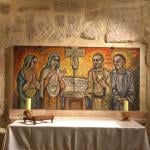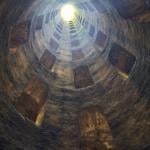I watched Disney’s Old Yeller (1957) with my youngest daughter the other night, and was left marveling at the effortlessness of it all. Though it’s nearly 50 years old, it doesn’t seem dated, partly because it’s a frontier movie whose setting was long outdated even when it was made. The film is full of sentiment, but not a whiff of sentimentality. There are humorous touches – especially with the nearly-naked, always-muddy, youngest son, Arliss – and the humor is genuinely funny,... Read more
















